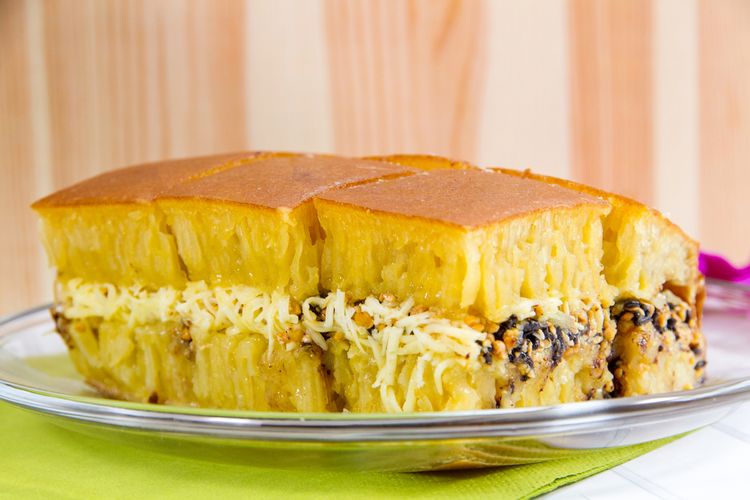A slot is an opening in a machine or device for receiving something, usually a coin or paper ticket. It can also refer to a position or vacancy in a schedule or program. The phrase is also used figuratively, as in “He has the slot for that job,” meaning that he was selected for it after interviewing for it.
The term slots is also used in casinos to refer to the seats on a casino floor reserved for those who have paid a premium to be seated there. This is because the higher the price of a seat, the more likely it is that a gambler will stay longer and increase their chances of winning.
If you are planning to create a slot game, it is important to do market research first. This will help you determine if your game is a good fit for your target audience and what features it needs to be successful. A survey can be a great tool for this purpose.
Once you have a clear picture of your game, it is time to start coding! This phase of the process involves developing a prototype and testing it to ensure that all functions work as intended. Once the prototype has been tested, you can make any necessary changes before releasing your slot game to the public.
After your slot game has been released to the public, it is important to continue to update it regularly. This will keep your players engaged and interested in playing your game. The updates can include new reels, paylines, bonus prizes and more. They can even be as simple as a new theme or background music.
During the final stages of slot game development, your team should test and debug the system to make sure it works as planned. This can be done by performing unit testing, integration testing and system testing. In addition, your team should perform user acceptance testing to find out how well the game functions for the end users.
Slot is a type of video game that uses spinning reels to generate combinations and award credits according to the paytable. Modern slot machines are computerized, and the reels may be visible or hidden. While the appearance of a slot machine’s reels may seem to be random, the odds of each stop on a reel are actually determined by a complex algorithm called a probability engine. The probability of hitting a specific symbol on a specific reel decreases as the number of spins increases. This phenomenon is known as the law of diminishing returns. In the early days of mechanical slot machines, the odds were much more favorable to players than they are today. This is due to the introduction of microprocessors, which have allowed manufacturers to assign different probabilities to each symbol on each reel. This has led to an explosion of new variations of the classic slot machine game. For example, some slots have a progressive jackpot that grows with each wager.
